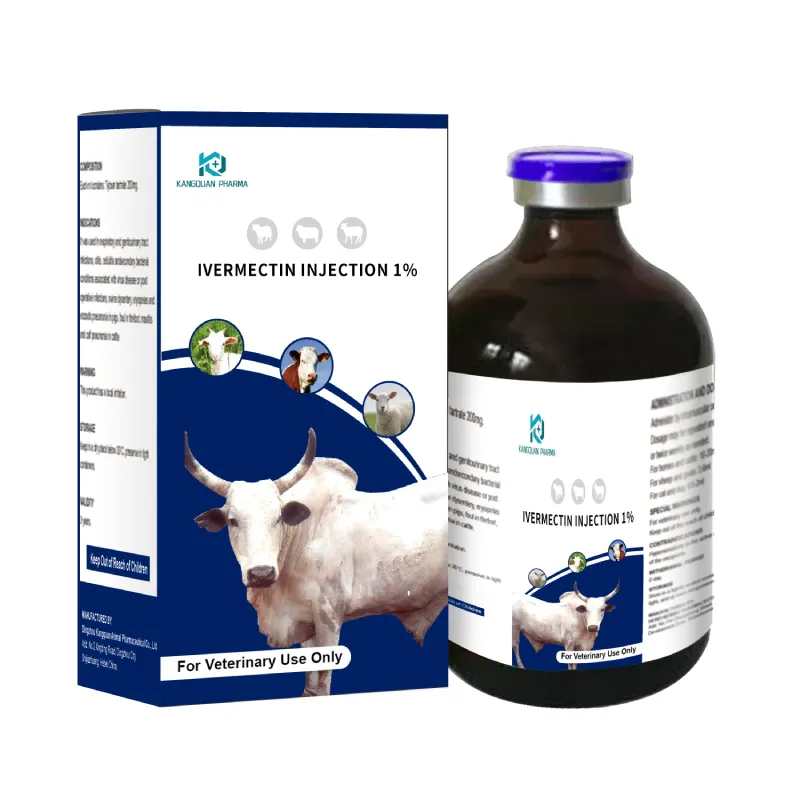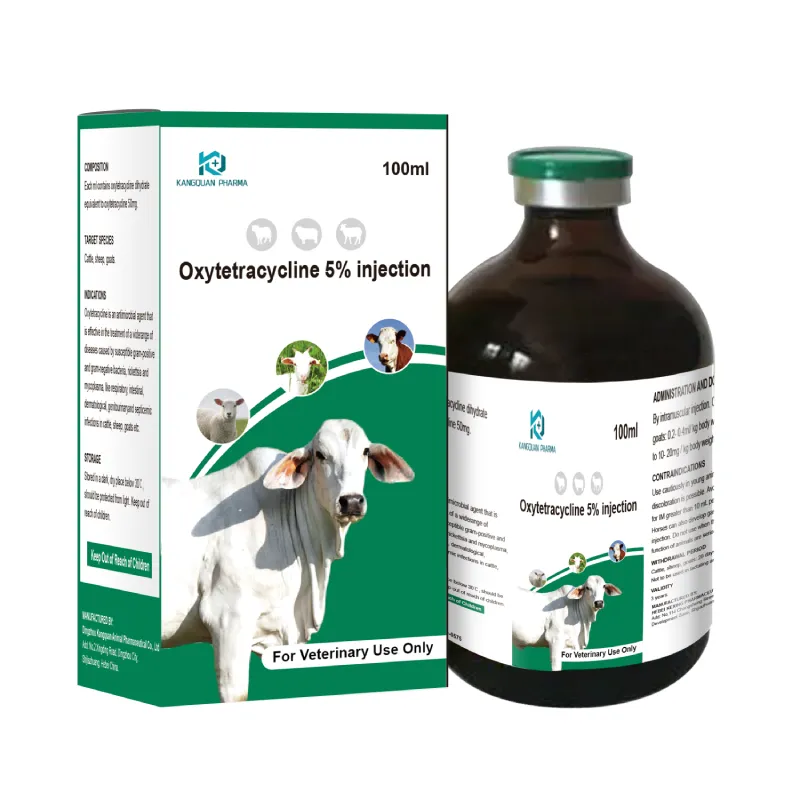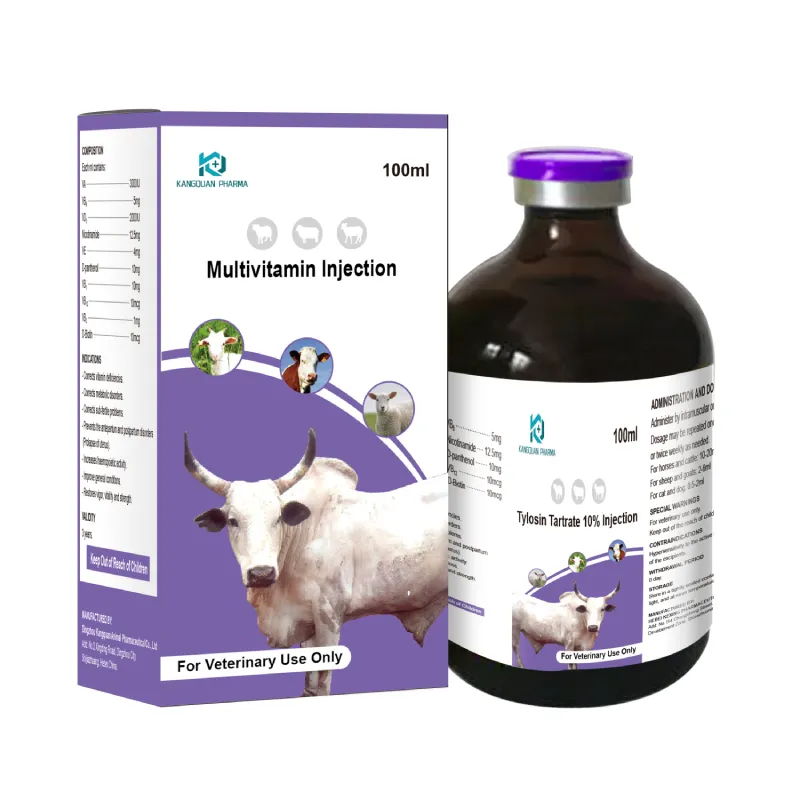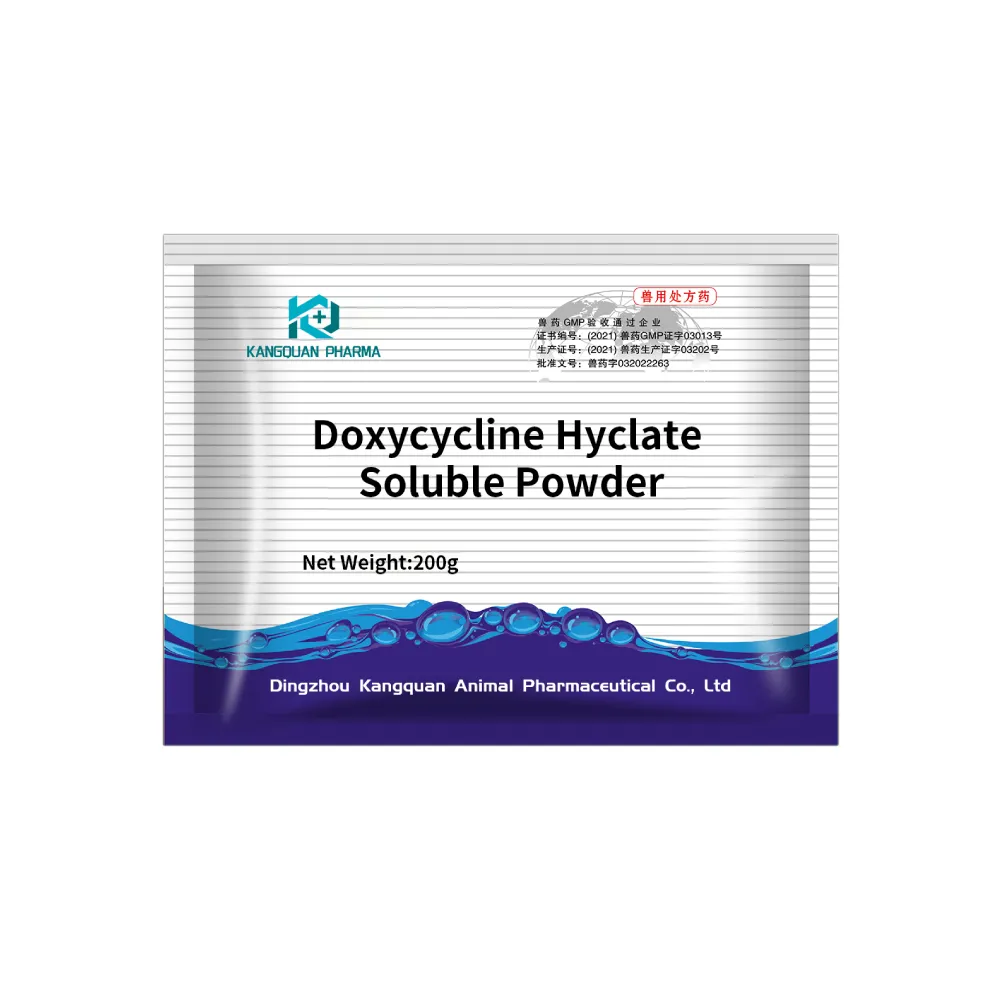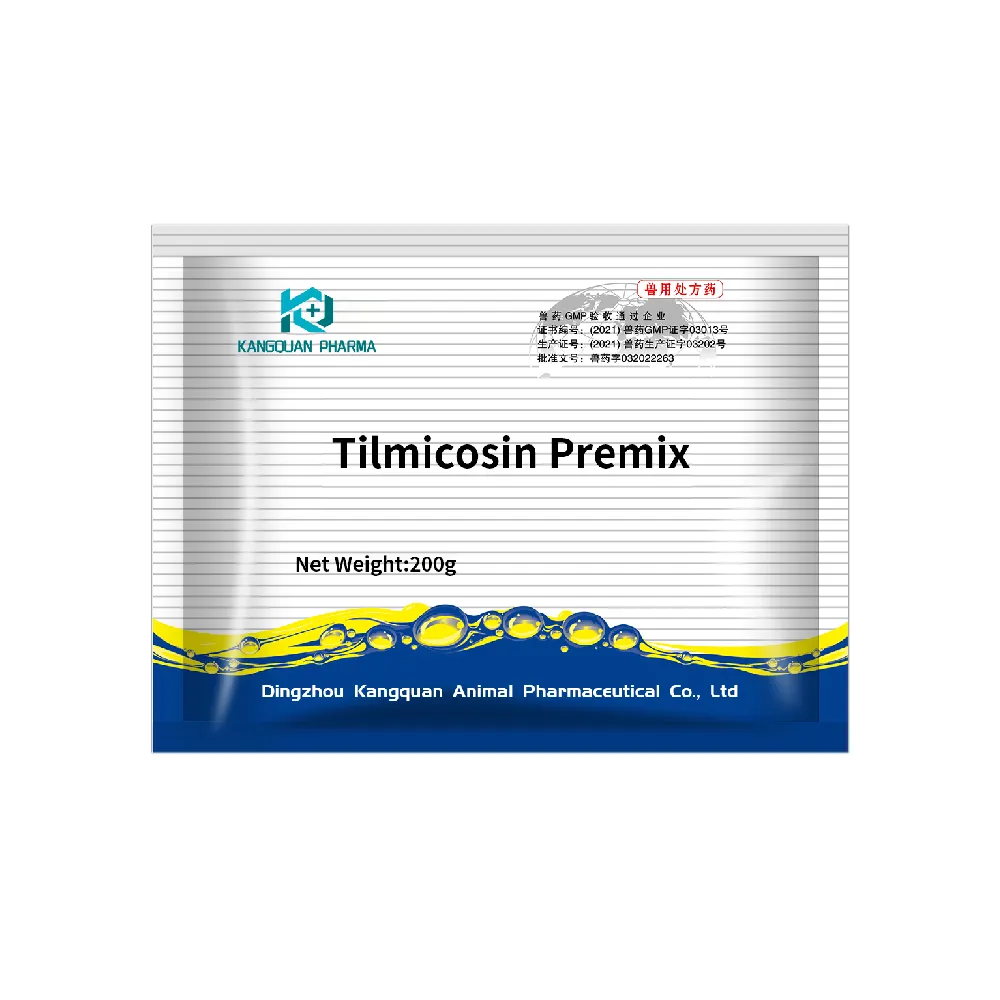- Afrikaans
- Albanian
- Amharic
- Arabic
- Armenian
- Azerbaijani
- Basque
- Belarusian
- Bengali
- Bosnian
- Bulgarian
- Catalan
- Cebuano
- Corsican
- Croatian
- Czech
- Danish
- Dutch
- English
- Esperanto
- Estonian
- Finnish
- French
- Frisian
- Galician
- Georgian
- German
- Greek
- Gujarati
- Haitian Creole
- hausa
- hawaiian
- Hebrew
- Hindi
- Miao
- Hungarian
- Icelandic
- igbo
- Indonesian
- irish
- Italian
- Japanese
- Javanese
- Kannada
- kazakh
- Khmer
- Rwandese
- Korean
- Kurdish
- Kyrgyz
- Lao
- Latin
- Latvian
- Lithuanian
- Luxembourgish
- Macedonian
- Malgashi
- Malay
- Malayalam
- Maltese
- Maori
- Marathi
- Mongolian
- Myanmar
- Nepali
- Norwegian
- Norwegian
- Occitan
- Pashto
- Persian
- Polish
- Portuguese
- Punjabi
- Romanian
- Russian
- Samoan
- Scottish Gaelic
- Serbian
- Sesotho
- Shona
- Sindhi
- Sinhala
- Slovak
- Slovenian
- Somali
- Spanish
- Sundanese
- Swahili
- Swedish
- Tagalog
- Tajik
- Tamil
- Tatar
- Telugu
- Thai
- Turkish
- Turkmen
- Ukrainian
- Urdu
- Uighur
- Uzbek
- Vietnamese
- Welsh
- Bantu
- Yiddish
- Yoruba
- Zulu
Dec . 01, 2024 07:45 Back to list
Oxytetracycline Hydrochloride Injection for Veterinary Use and Its Applications
Oxytetracycline Hydrochloride Injection IP Vet An Overview
Oxytetracycline hydrochloride is a broad-spectrum antibiotic that belongs to the tetracycline class of drugs. It is commonly used in veterinary medicine for the treatment of various bacterial infections in animals. This article will delve into the applications, dosage, mechanism of action, and potential side effects of oxytetracycline hydrochloride injection, particularly focusing on its use in veterinary practices.
Applications in Veterinary Medicine
Oxytetracycline hydrochloride injection is primarily employed in treating infections caused by susceptible bacteria in both livestock and companion animals. It is effective against a wide range of gram-positive and gram-negative organisms, making it suitable for various infections, including respiratory diseases, skin infections, and systemic infections. Common conditions treated with oxytetracycline include pneumonia, leptospirosis, and certain types of enteritis.
In addition to treating infections, oxytetracycline is also used in prophylactic applications, especially in livestock. When administered to animals that are under stress or exposed to conditions that may lead to bacterial infections, it can help prevent outbreaks of disease. Furthermore, oxytetracycline is sometimes used in aquaculture, where it serves to control bacterial sickness in fish.
Dosage and Administration
The dosage of oxytetracycline hydrochloride varies depending on the animal species, the severity of the infection, and the form of the drug being administered. The injection is typically given intramuscularly or intravenously. It is crucial to follow the manufacturer's recommended dosage instructions and consult with a veterinarian before administration to avoid potential overdosing or underdosing, which can hinder treatment efficacy and enhance the risk of resistance development.
In general, the dosage for livestock can range from 5 to 20 mg/kg of body weight, administered every 24 to 48 hours, depending on the specific condition being treated. For companion animals, doses may differ, and careful consideration of the animal's weight and health status is necessary.
oxytetracycline hydrochloride injection ip vet

Mechanism of Action
Oxytetracycline exerts its antibacterial effects by inhibiting protein synthesis in bacteria. It binds to the 30S ribosomal subunit of bacterial ribosomes, preventing the attachment of amino-acyl tRNA to the ribosomal site during protein synthesis. This action disrupts the growth and reproduction of bacteria, allowing the host's immune system to effectively eliminate the infection. Due to its broad-spectrum activity, oxytetracycline is favored in situations where the specific pathogen is not immediately identified.
Side Effects and Precautions
While oxytetracycline is generally considered safe for use in veterinary medicine, there are potential side effects that veterinarians and pet owners should be aware of. Some common side effects include gastrointestinal disturbances, such as diarrhea and nausea. In some cases, animals may experience allergic reactions, manifesting as itching, swelling, or difficulty breathing.
It is important to avoid using oxytetracycline in animals that are pregnant or lactating, as it may have adverse effects on fetal development and milk production. Additionally, oxytetracycline can cause discoloration of teeth in young animals if administered before they fully develop. Therefore, careful judgment is required when deciding to use this antibiotic in young and developing animals.
The emergence of antibiotic resistance is a substantial concern in veterinary medicine. The extensive use of broad-spectrum antibiotics such as oxytetracycline can lead to resistant bacterial strains over time. Therefore, veterinarians should use this antibiotic judiciously, implementing it only when absolutely necessary and always in conjunction with appropriate culture and sensitivity testing when feasible.
Conclusion
Oxytetracycline hydrochloride injection is a vital tool in the arsenal of veterinary medicine, aiding in the treatment and prevention of bacterial infections across a range of animal species. Its broad-spectrum activity, coupled with careful administration and monitoring, can significantly improve animal health outcomes. Nonetheless, the potential for side effects and the risk of antibiotic resistance underscore the importance of responsible usage. Veterinarians must remain vigilant, adhering to guidelines to ensure the safe and effective use of this medication in their practice.
-
Guide to Oxytetracycline Injection
NewsMar.27,2025
-
Guide to Colistin Sulphate
NewsMar.27,2025
-
Gentamicin Sulfate: Uses, Price, And Key Information
NewsMar.27,2025
-
Enrofloxacin Injection: Uses, Price, And Supplier Information
NewsMar.27,2025
-
Dexamethasone Sodium Phosphate Injection: Uses, Price, And Key Information
NewsMar.27,2025
-
Albendazole Tablet: Uses, Dosage, Cost, And Key Information
NewsMar.27,2025




